GIS & REMOTE SENSING
🌍 Groundwater-Based Projects Utilizing GIS Analysis
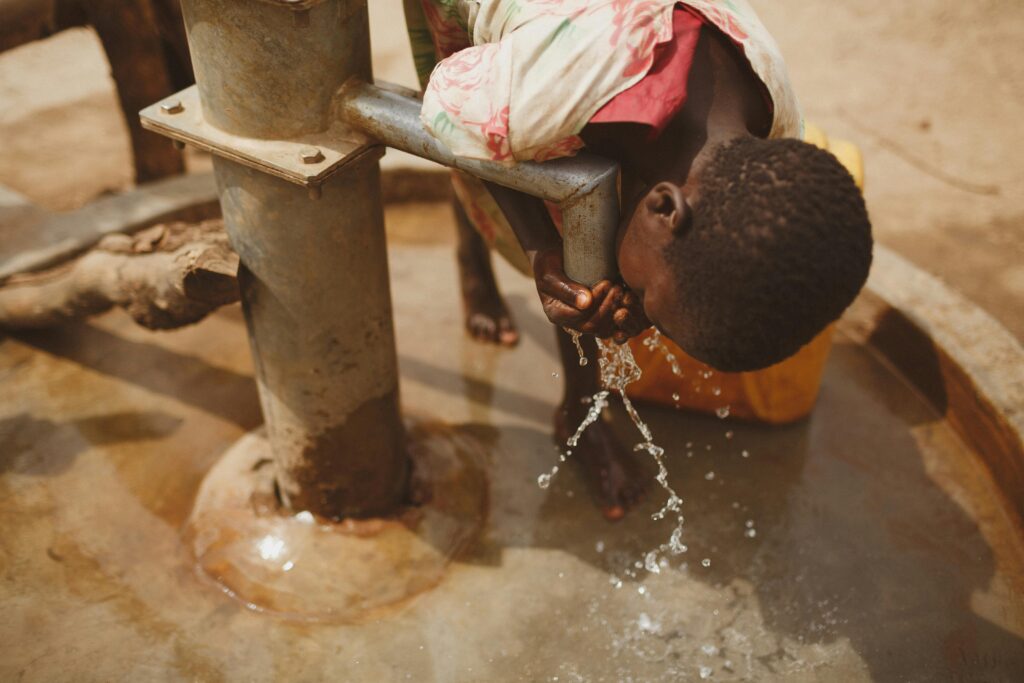
At SpaceTree Dynamics, we harness the power of GIS (Geographic Information Systems) and Remote Sensing to deliver advanced groundwater solutions that help protect, manage, and optimize one of our planet’s most vital resources — groundwater.
Innovative Applications in Water Resource Management
Our services are designed for government agencies, environmental planners, farmers, NGOs, and water utilities seeking actionable insights and data-driven decisions.
🔍 Key Groundwater GIS Applications

Objective: Identify areas at high risk of contamination or overuse.
Method: Implement GIS-based DRASTIC and GOD models.
Use Cases:
Recognizing pollution-prone zones
Framing land-use policies to protect aquifers
Benefits:
Prevents contamination of aquifers
Promotes proactive conservation

Objective: Identify ideal zones for artificial recharge methods.
Method: GIS overlay analysis incorporating soil, slope, land use, infiltration, and drainage.
Use Cases:
Locating sites for check dams, percolation tanks, recharge wells
Planning long-term aquifer recharge projects
Benefits:
Enhances water availability
Reduces seasonal water scarcity

Objective: Evaluate contamination levels of groundwater.
Method: Spatial interpolation using techniques like Kriging and IDW on data like pH, TDS, nitrates, and heavy metals.
Use Cases:
Detecting pollution hotspots
Maintaining safe drinking water standards
Benefits:
Protects community health
Enables targeted pollution control
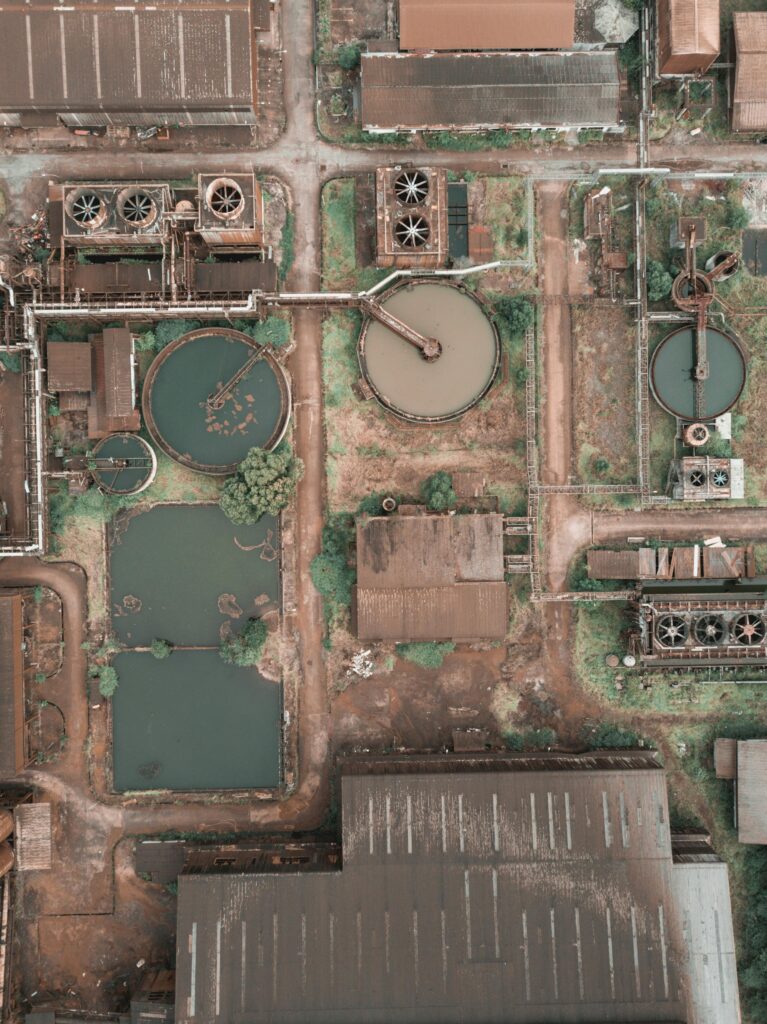
Objective: Track temporal changes in groundwater levels.
Method: Integration of field data, satellite imagery, and monitoring records using GIS.
Use Cases:
Identifying over-exploited areas
Informing sustainable water use policies
Benefits:
Prevents over-extraction
Ensures aquifer sustainability
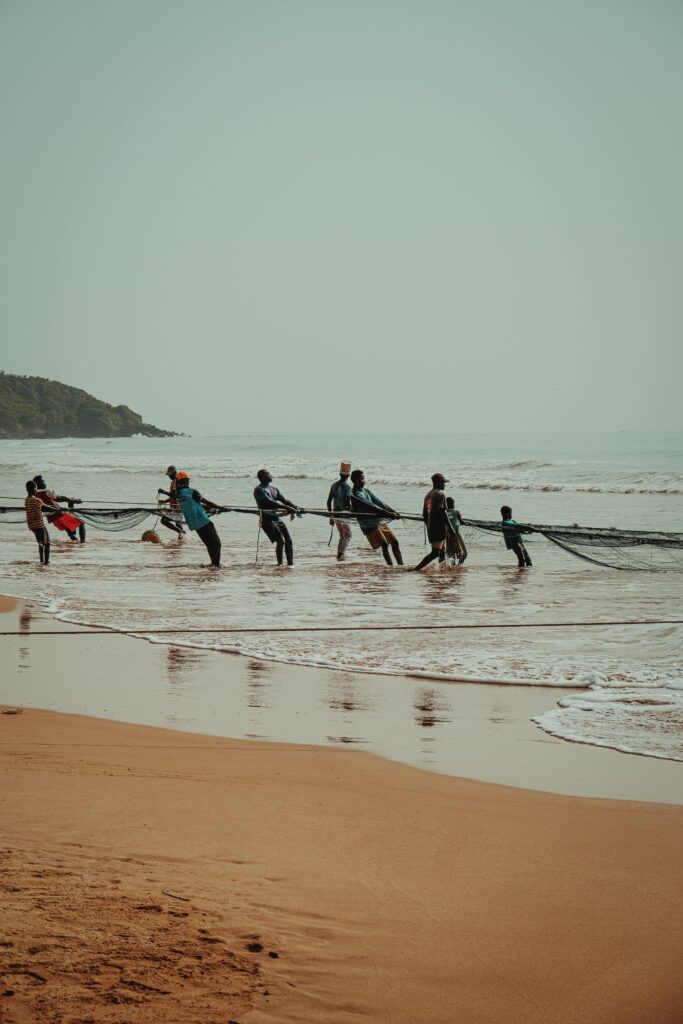
Objective: Protect coastal aquifers from saltwater intrusion.
Method: GIS-based salinity mapping and flow modeling.
Use Cases:
Monitoring vulnerable coastal zones
Planning intrusion control infrastructure
Benefits:
Safeguards freshwater in coastal regions
Supports long-term sustainability

Objective: Formulate optimal groundwater utilization strategies.
Method: GIS-based spatial analysis incorporating recharge, demand, and abstraction data.
Use Cases:
Balancing demand and supply
Supporting agriculture and urban development
Benefits:
Promotes efficient use
Ensures water security
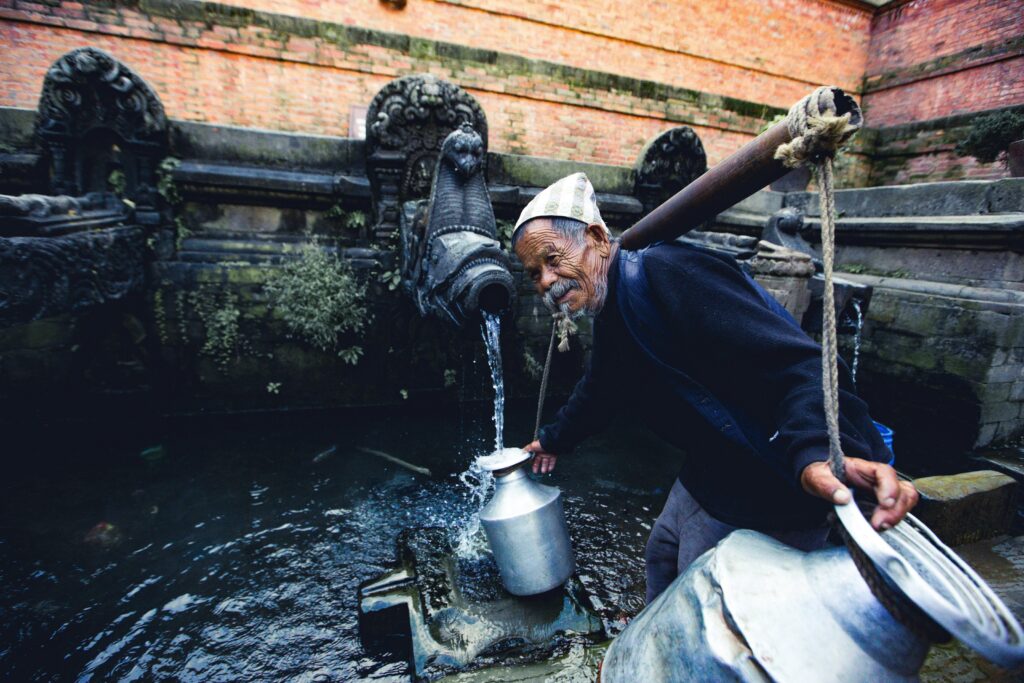
Objective: Identify high-potential borewell drilling sites.
Method: Remote sensing + GIS-based weighted overlay of geological and hydrological parameters.
Use Cases:
Increasing borewell success rates
Reducing exploration costs
Benefits:
Efficient water access
Minimizes borewell failure
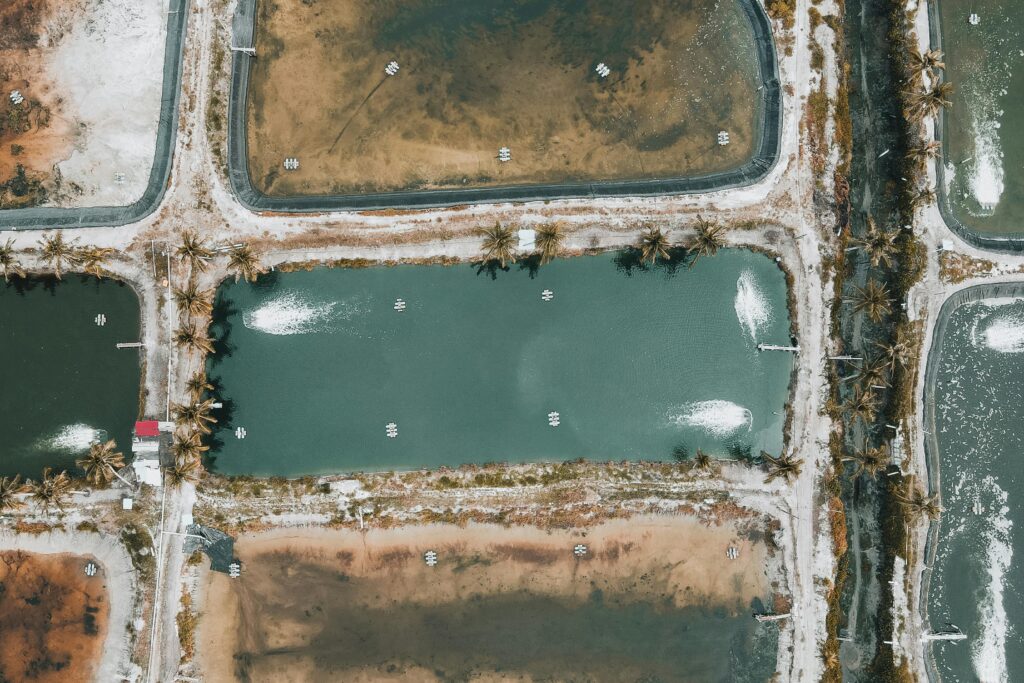
Objective: Educate and engage communities on water conservation.
Method: GIS-enabled tools like interactive maps, mobile apps, and awareness campaigns.
Use Cases:
School and university programs
NGO-led water awareness drives
Benefits:
Encourages community participation
Strengthens data-backed policymaking
🧭 Applications of GIS in Groundwater Projects

Our expertise in GIS enables a wide range of applications in water resource management:
Mapping and drilling site selection
Yield estimation and recharge planning
Groundwater quality and pollution risk detection
Environmental impact assessments
Resource monitoring and water-use optimization
Policy formulation and data-backed decision-making
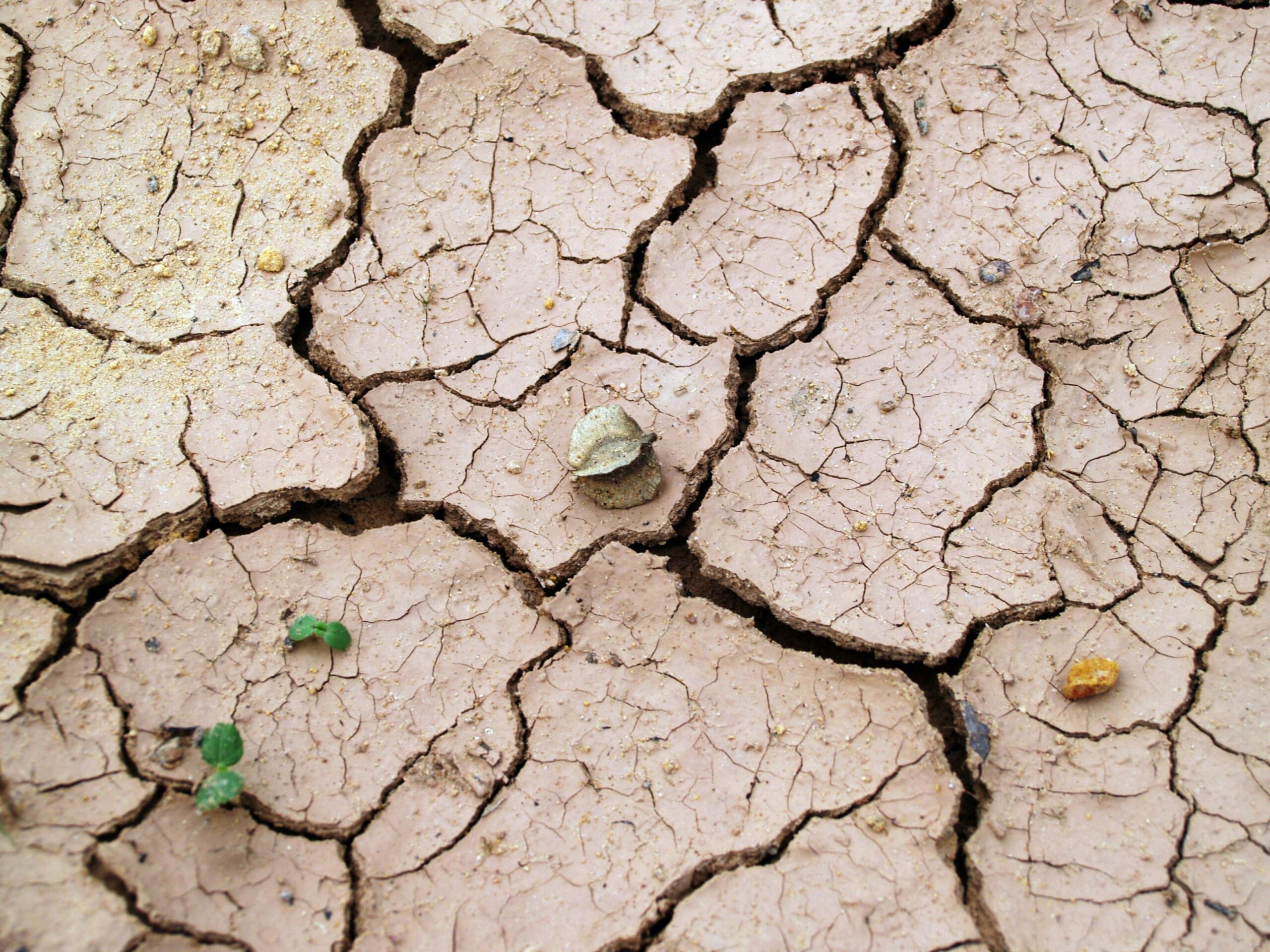
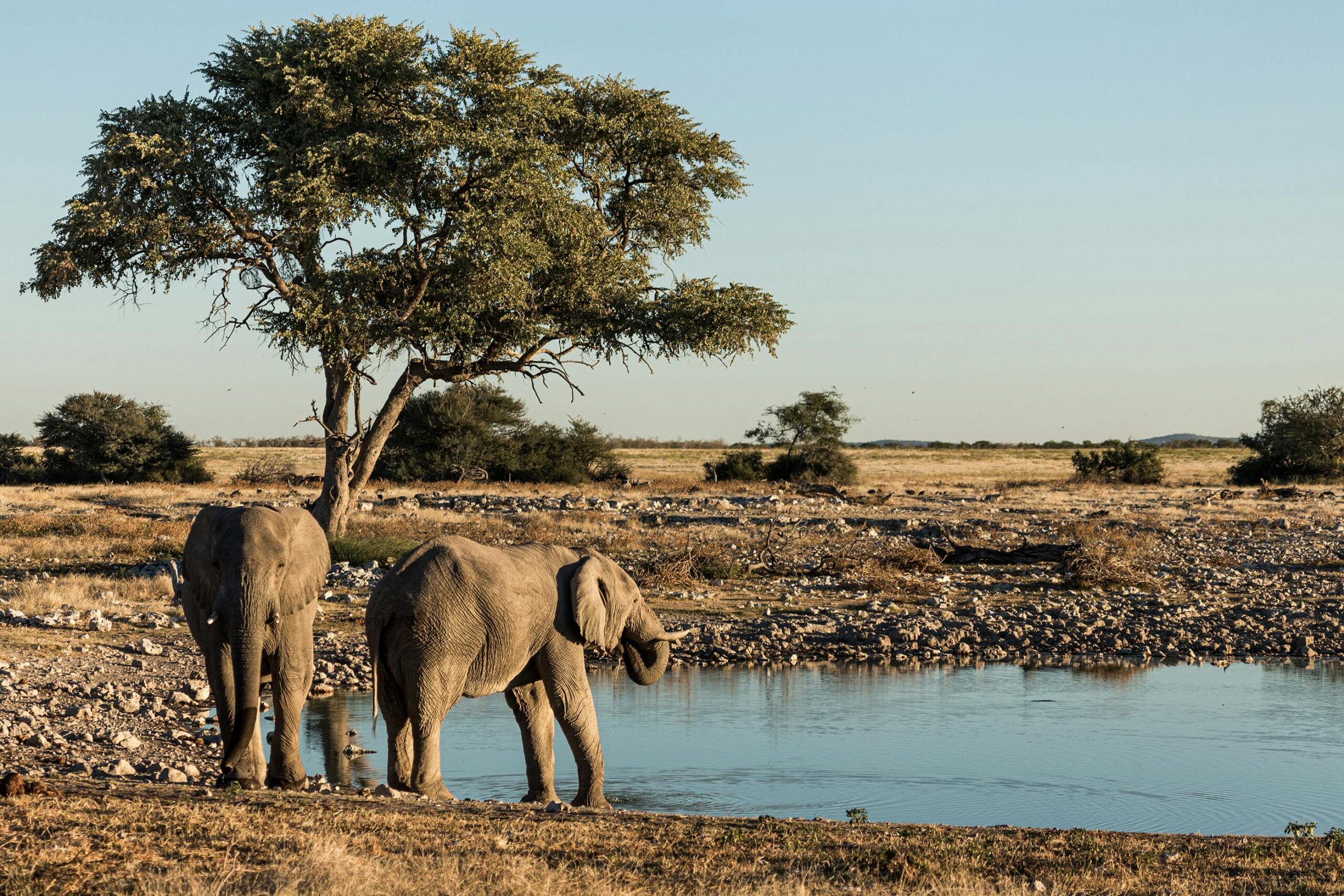
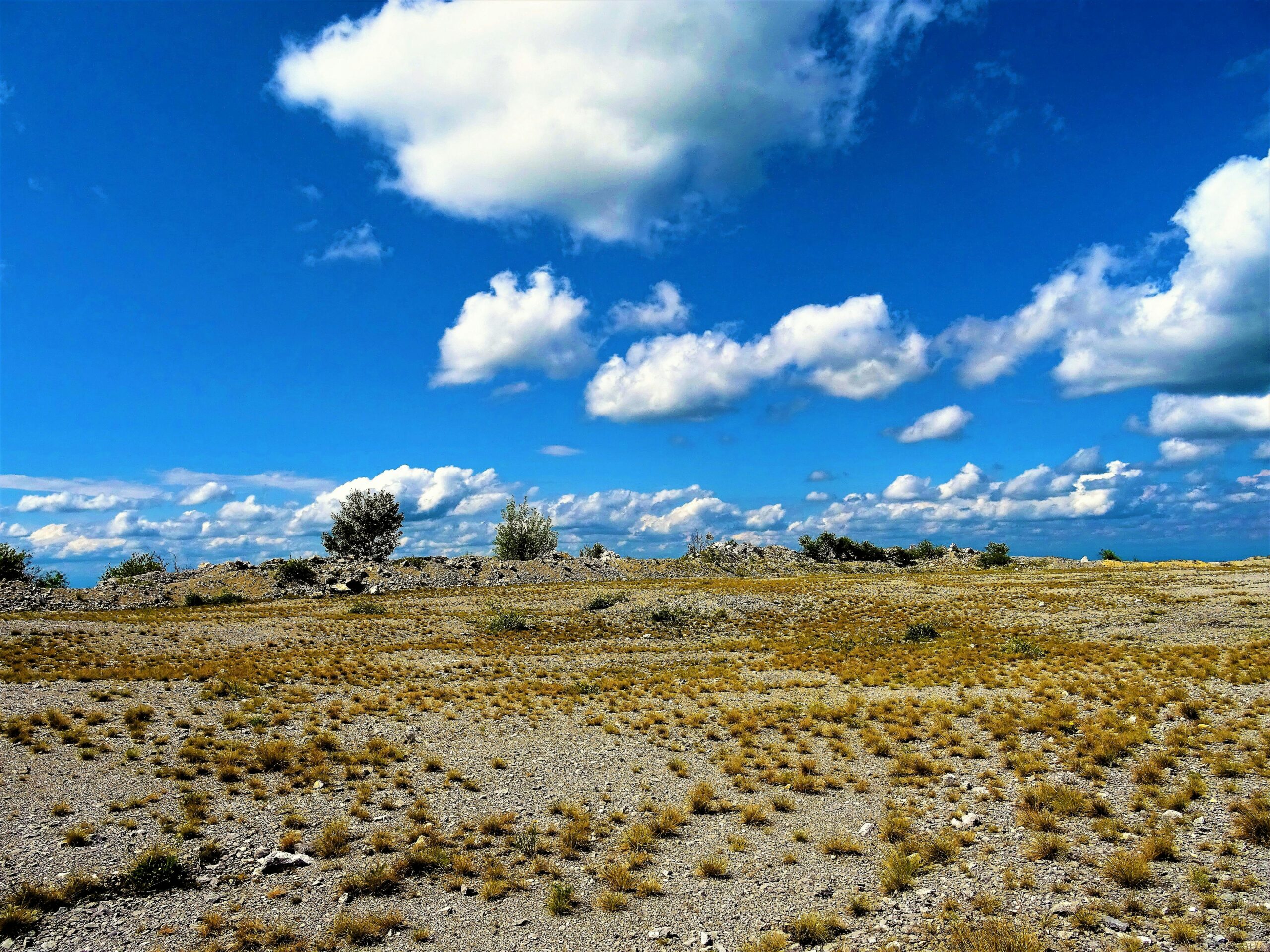
👥 End Users & Their Benefits

Government Agencies
Enables policy decisions and national water planning.
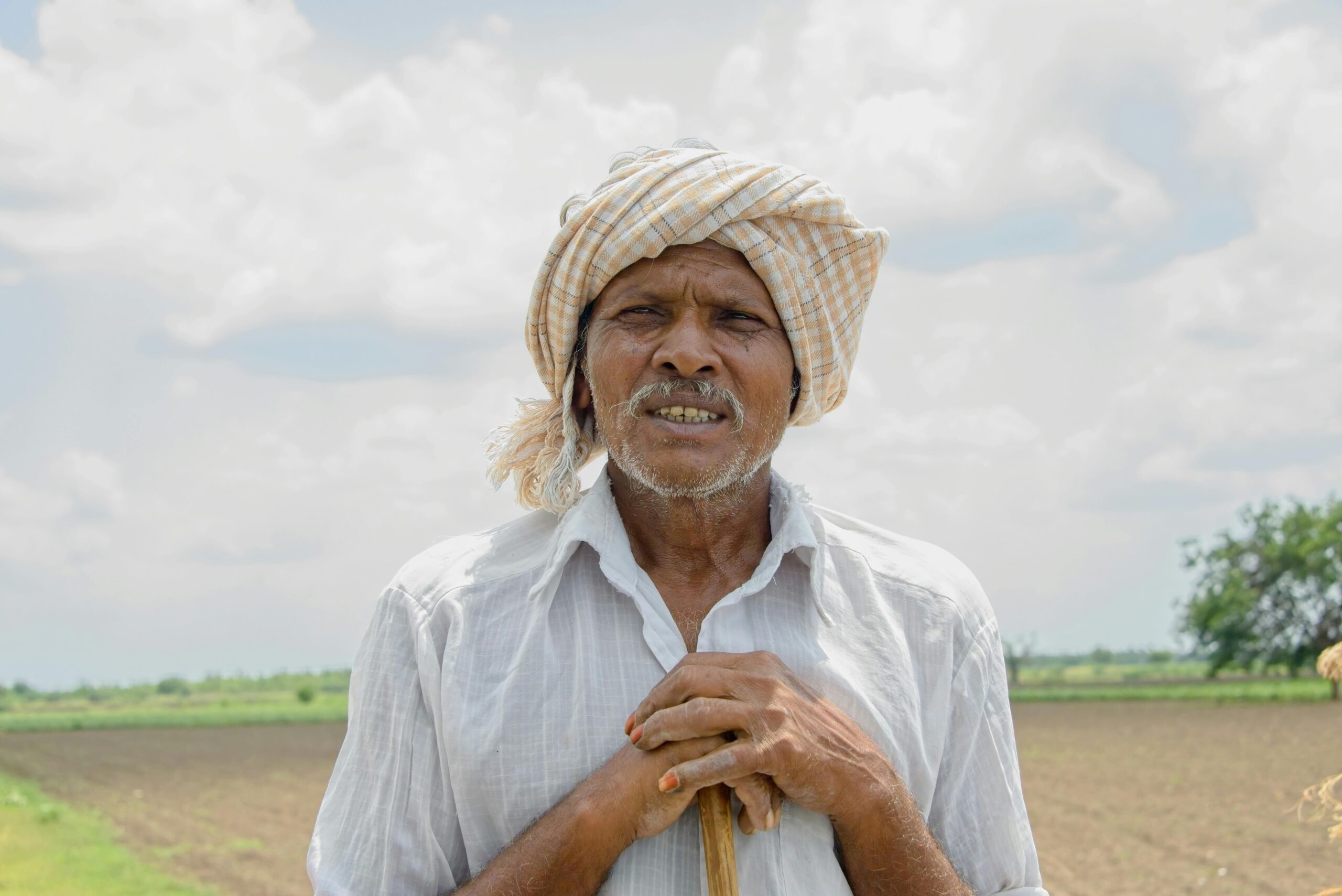
Farmers & Agricultural Sector
Improves irrigation planning and groundwater access
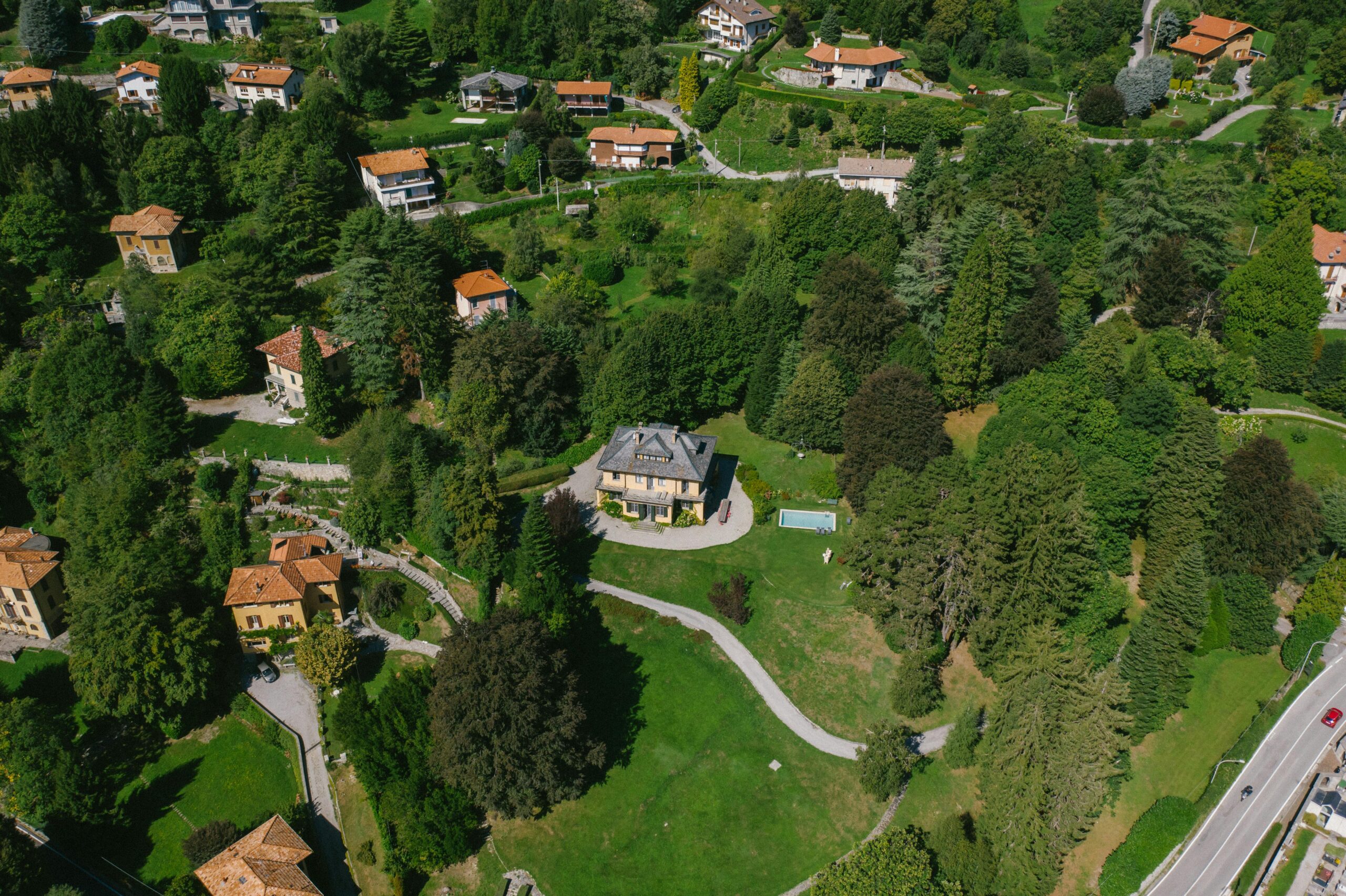
Urban Planners & Municipalities
Manages extraction and urban water usage

Environmental Agencies
Supports groundwater protection and sustainable development goals (SDGs)
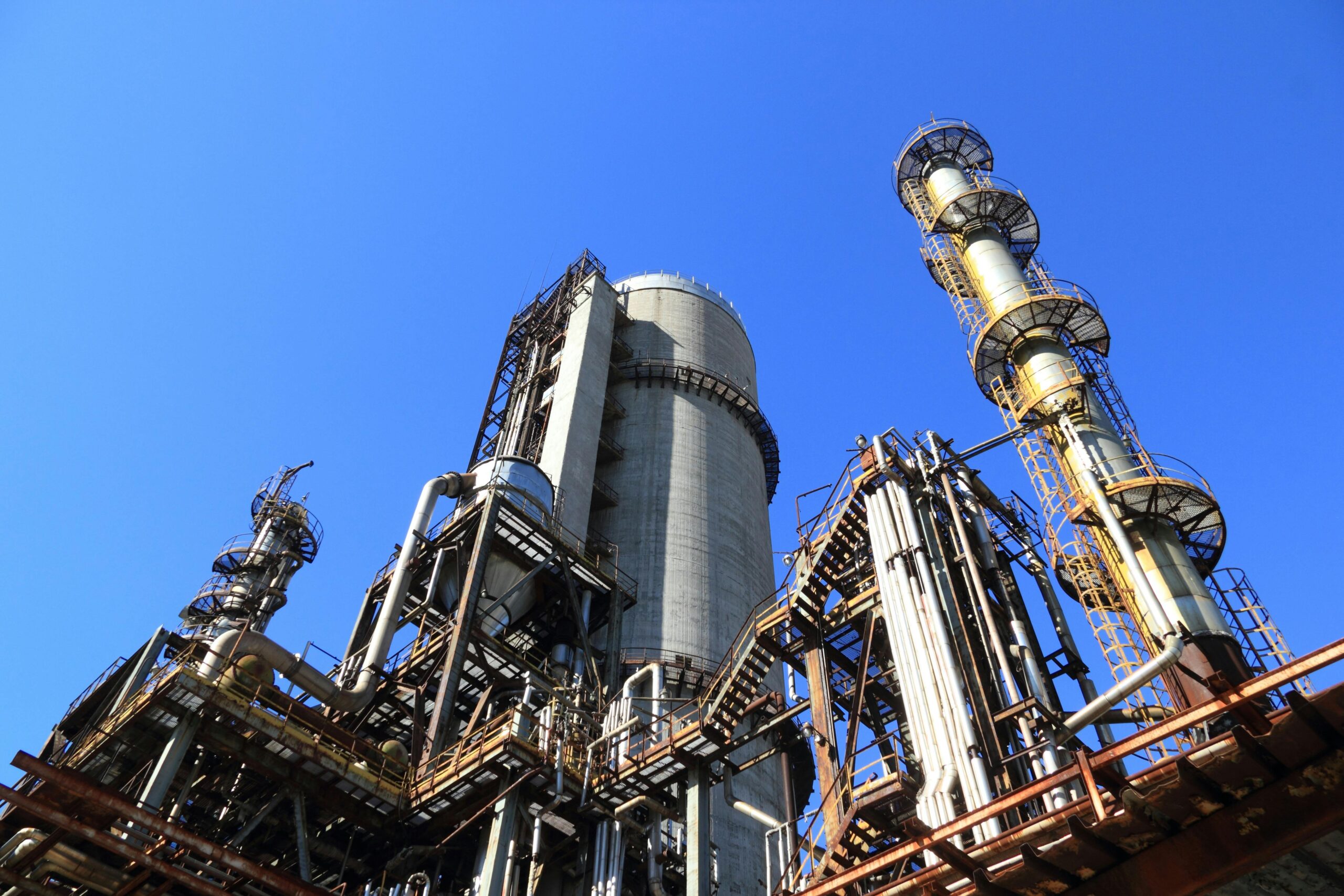
Industries & Water Utilities
Secures long-term water availability for operations

Research Institutions
Facilitates modeling, studies, and scientific analysis

NGOs & Community Groups
Empowers grassroots action and conservation initiatives

Disaster Management Authorities
Helps in drought risk assessment, early warning, and mitigation planning
Disaster Management Using Remote Sensing & GIS
Predict, Prepare, Protect
Disasters, whether natural or man-made, demand rapid response and accurate information. Remote Sensing (RS) and Geographic Information Systems (GIS) have become critical tools in disaster preparedness, mitigation, response, and recovery. With the ability to monitor vast areas in real-time and analyze spatial patterns, these technologies help save lives and minimize losses.


Objective: Identify flood-prone areas and monitor real-time flood extents.
Methodology: Use satellite imagery (e.g., Sentinel, MODIS) and digital elevation models (DEM) to map flood zones.
Applications:
Forecasting and alert systems.
Real-time flood spread visualization.
Planning evacuation routes.
End Users: Disaster response teams, municipalities, urban planners.
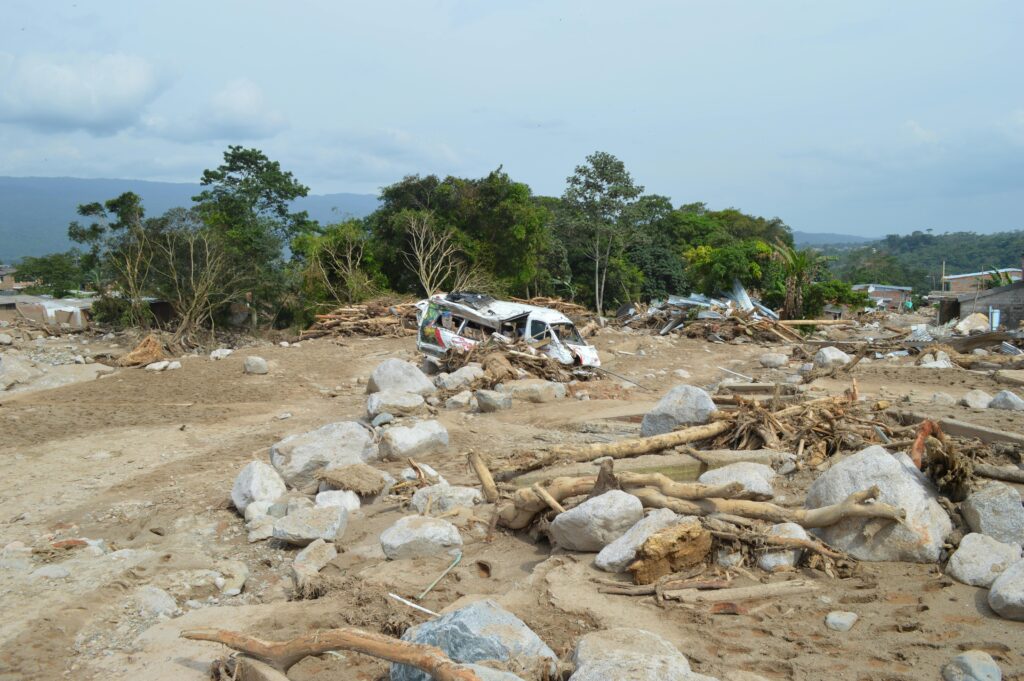
Objective: Predict and map potential landslide zones.
Methodology: Integrate slope, land cover, rainfall data, and geological layers in GIS.
Applications:
Early warning systems for hill regions.
Infrastructure planning in sensitive zones.
End Users: State disaster management bodies, infrastructure developers, forest departments.

Objective: Assess the impact of seismic activity on built environments.
Methodology: Compare pre- and post-disaster satellite images to detect structural damage.
Applications:
Rapid disaster impact analysis.
Aid and relief prioritization.
End Users: Emergency services, government agencies, insurance firms.
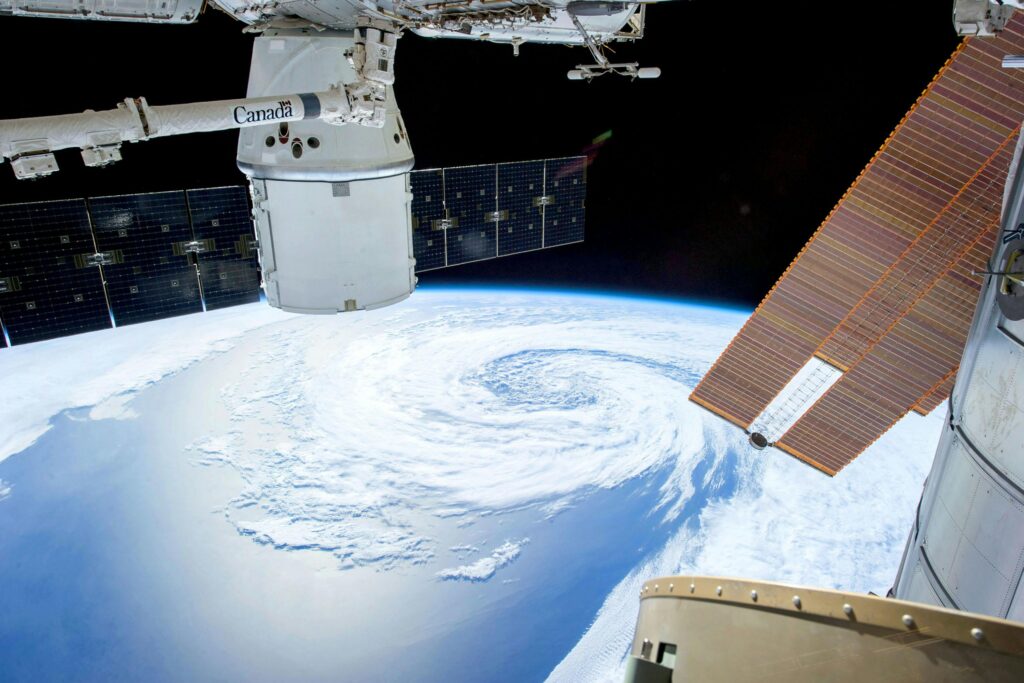
Objective: Map storm tracks and wind damage zones.
Methodology: Use satellite-based weather data and vegetation indices (NDVI) to assess damage.
Applications:
Agricultural loss estimation.
Restoration planning.
End Users: Meteorological departments, agriculture offices, insurance companies.

Objective: Identify drought-affected areas and assess severity.
Methodology: Analyze time-series satellite imagery to track vegetation stress and water availability.
Applications:
Agricultural planning.
Water resource management.
End Users: State agriculture departments, NGOs, relief organizations.
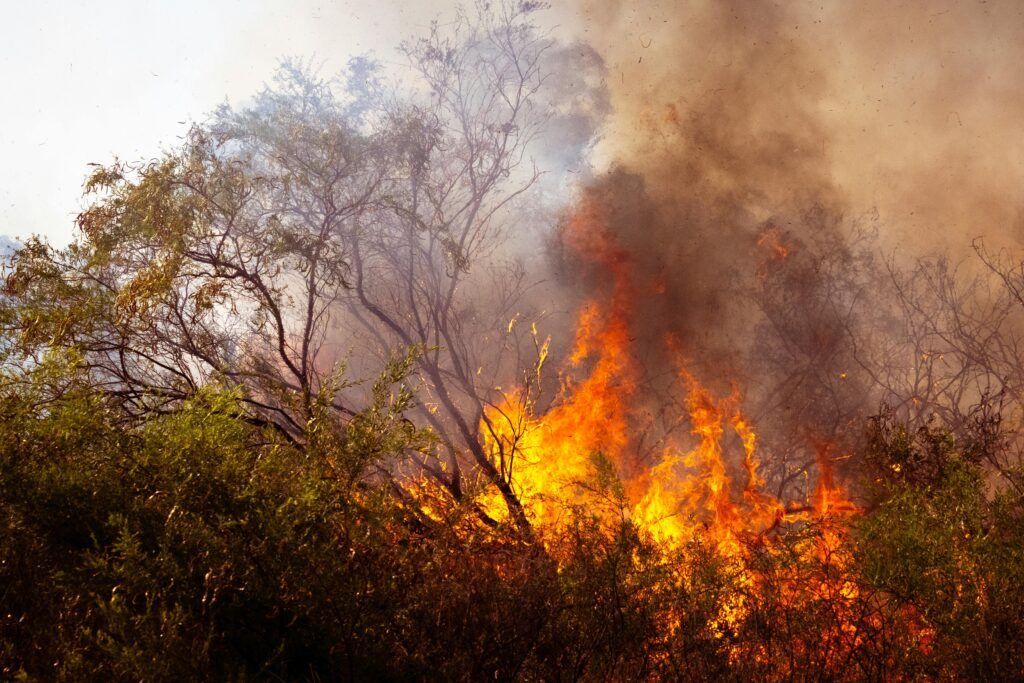
Objective: Detect active fire zones and assess fire-prone areas.
Methodology: Use thermal remote sensing data and land cover analysis to track and predict wildfire behavior.
Applications:
Real-time fire detection.
Emergency response routing.
End Users: Forest departments, fire departments, environmental agencies.
🏡 Real Estate GIS & Digital Solutions

Revolutionizing Real Estate with Maps, Reports, and Virtual Experiences
At SpaceTree Dynamics, we bring innovation to the real estate sector by combining geospatial intelligence, immersive media, and powerful CRM systems. Our tailored solutions empower realtors, builders, and property developers to present, analyze, and manage properties with next-level efficiency.
📍 Interactive Property Maps
Visualize. Navigate. Explore.
We create interactive maps using GIS tools like QGIS, allowing clients and buyers to:Click on property markers to view images, videos, and property info.
Use filters and search bars to explore listings easily.
Access personalized map links showing only their listings.
✅ Supports Excel-based data updates
✅ Fast deployment using platforms like Netlify
✅ Ideal for large agencies and builder portfolios
📄 Custom Property Reports
Present Data That Builds Trust
We generate detailed PDF reports for individual properties, including:
Satellite imagery of location
Risk analysis and GIS overlays
Custom branding and styling
Ideal for showcasing property value to customers or investors
